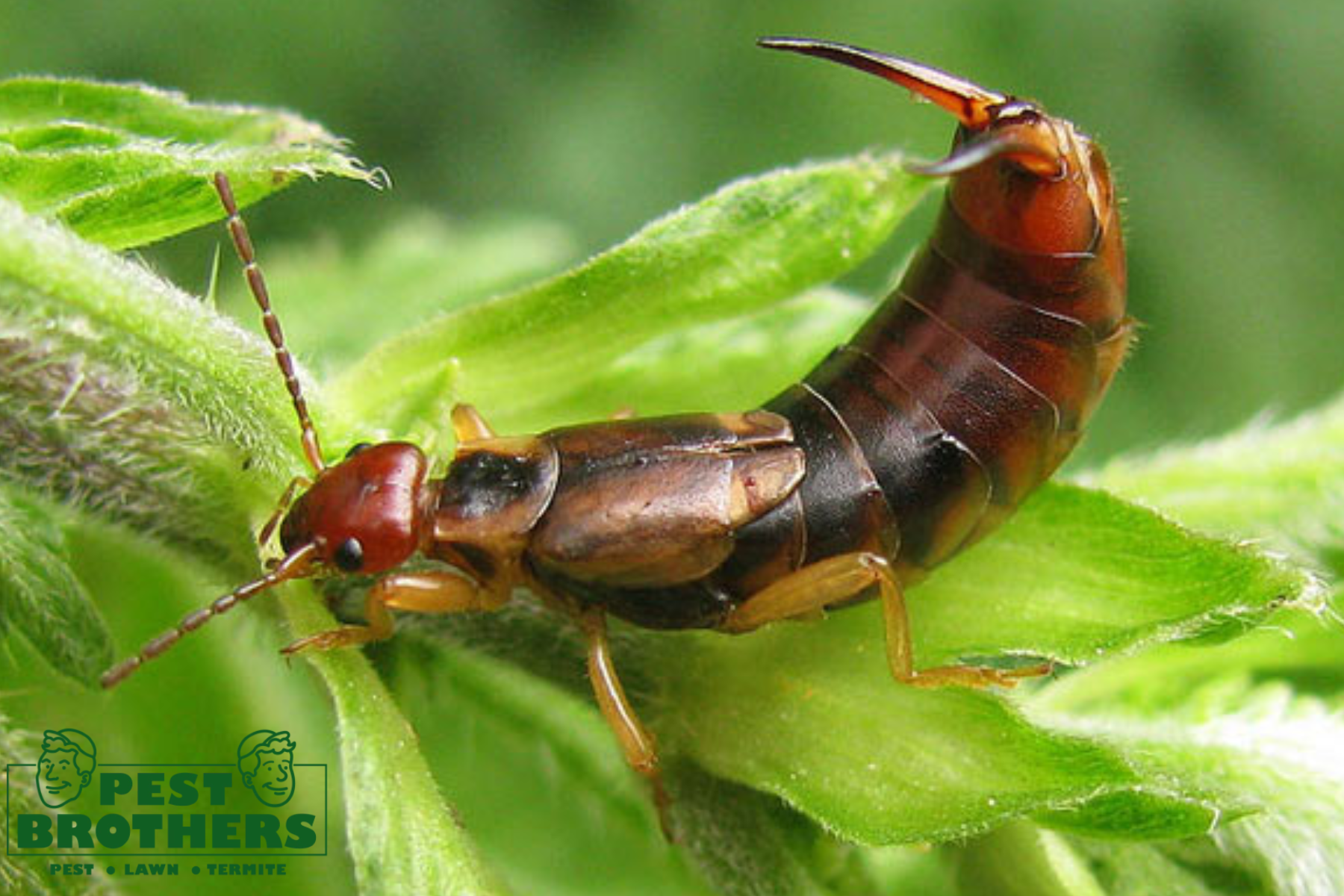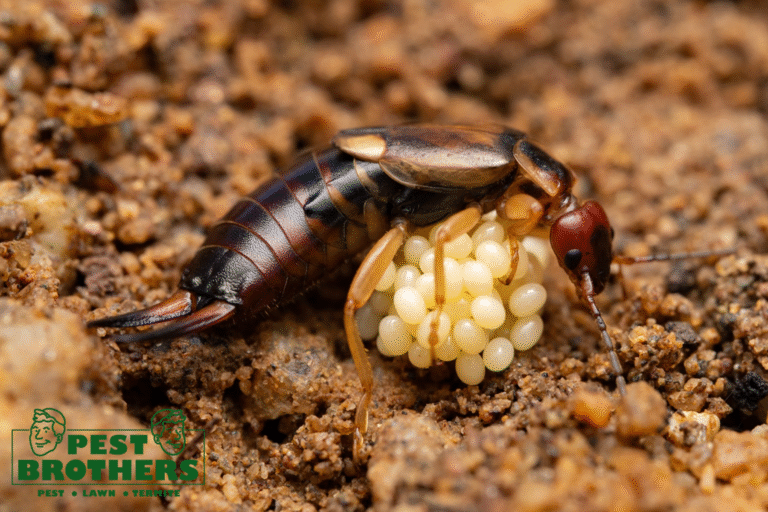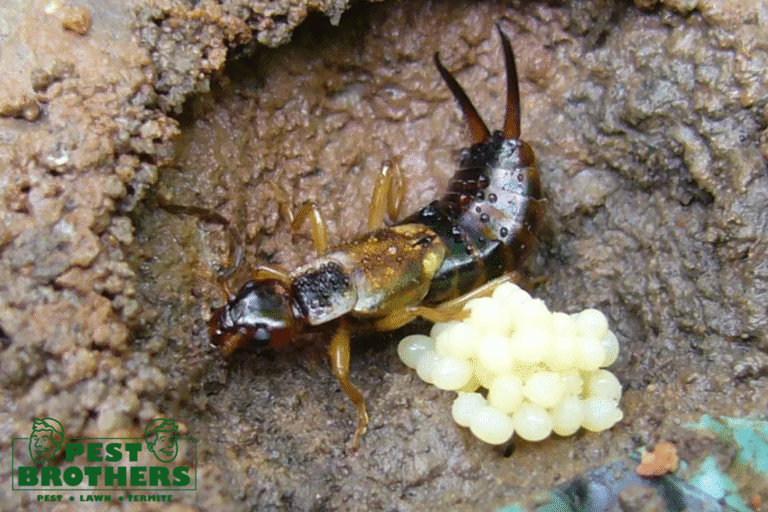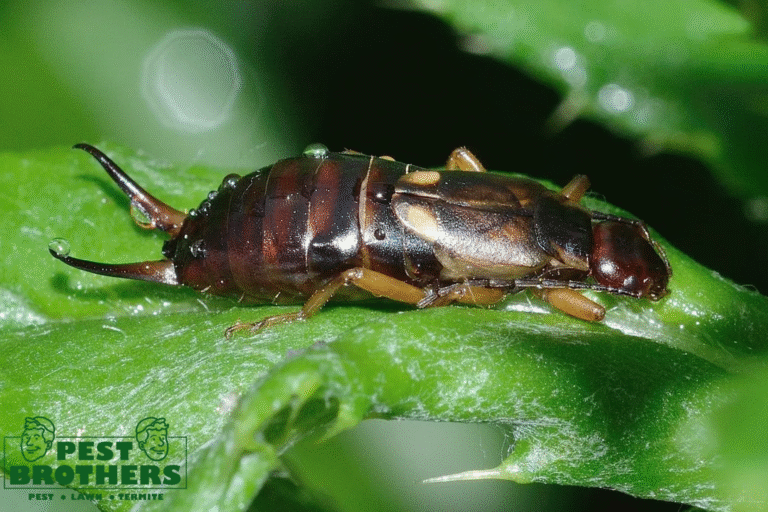When it comes to garden pests, earwigs are often among the most misunderstood creatures. These nocturnal insects are frequently associated with damaging plants, but are they truly the plant-eating pests they’re made out to be? Or are they actually serving a beneficial role in your garden ecosystem? Let’s dive into the world of earwigs and explore whether they’re eating your plants or working to protect them.
What Are Earwigs?
Earwigs, scientifically known as Forficula auricularia, are small, nocturnal insects with distinct pincers on the back end of their bodies. These pincers, known as cerci, are often a source of their unsettling reputation, leading many to believe that earwigs are dangerous. However, despite their fearsome appearance, earwigs are not harmful to humans or pets.
Earwigs are omnivorous, meaning they feed on both plant material and smaller insects. They are commonly found in moist, sheltered areas of the garden, such as under mulch, rocks, and leaf litter. While they are typically more active at night, earwigs can be seen during the day if they are disturbed.
What Do Earwigs Eat?
One of the most common questions gardeners ask about earwigs is, “What do earwigs eat?” Earwigs are opportunistic feeders, and their diet can vary depending on the available food sources. They are primarily scavengers, feeding on decaying organic matter, fungi, and even smaller pests that can damage your plants.
Interestingly, earwigs do feed on plants, but they typically target decaying or weakened vegetation. They are not usually the primary culprits behind plant damage in a garden, as they are more interested in consuming decomposing plant matter than fresh, healthy foliage. They may nibble on the edges of leaves, but this damage is often minimal and rarely harmful to the overall health of the plant.
In addition to plant matter, earwigs also hunt for small insects such as aphids, mites, and other soft-bodied pests. This makes them a natural form of pest control, as they help reduce the populations of harmful garden insects that can cause significant damage to your plants.
Are Earwigs Beneficial to Your Garden?
Now that we’ve covered what earwigs eat, the next logical question is whether they’re beneficial or harmful to your garden. The answer is that earwigs can actually be quite helpful in certain situations.
Natural Pest Control
Earwigs are excellent at controlling populations of pests that can harm your plants. They prey on aphids, scale insects, mites, and other soft-bodied bugs that can damage your garden’s foliage. By feeding on these pests, earwigs help to maintain a balance in the ecosystem, preventing a buildup of harmful insects that might otherwise go unchecked.
Their ability to hunt down smaller pests makes earwigs a valuable ally in your garden’s natural pest control efforts. Instead of reaching for pesticides, which can harm beneficial insects, gardeners may find that earwigs help maintain a healthy and balanced environment. This approach, often referred to as Integrated Pest Management (IPM), relies on natural predators like earwigs to keep harmful insects in check.
Soil Health and Decomposition
In addition to their role in pest control, earwigs also contribute to the health of the soil in your garden. As scavengers, they feed on decaying organic matter, such as dead plants, leaves, and other debris. This helps break down these materials into valuable nutrients that are returned to the soil, enriching the soil and promoting plant growth.
By consuming decaying matter, earwigs play a key role in the decomposition process, ensuring that your garden has access to essential nutrients. This natural recycling process is vital for maintaining a thriving and healthy garden.
When Are Earwigs a Problem?
While earwigs can be beneficial, there are certain circumstances where their presence can become problematic. In large numbers, earwigs may begin to feed on tender young plants, particularly during the spring and summer months when the garden is flourishing. They tend to be more attracted to plants that are stressed or weakened, so it’s important to maintain healthy plants through proper care and maintenance.
Earwigs may also cause damage to flowers and fruits in gardens where they are abundant. The damage typically manifests as holes in the leaves or flowers, which can detract from the aesthetic value of the garden. However, the overall impact of earwigs on plant health is usually minimal.
If you notice that earwigs are causing damage to your plants, it may be a sign that there is an issue with moisture levels in the garden. Earwigs are drawn to damp, shaded environments, so ensuring proper drainage and reducing excess moisture can help keep earwigs at bay.
How to Get Rid of Earwigs
If you find that earwigs are causing significant damage to your plants or becoming a nuisance in your garden, there are several strategies you can employ to control their population. Here are some tips for how to get rid of earwigs:
1. Reduce Moisture
Earwigs are attracted to damp environments, so reducing moisture around your garden can help deter them. Avoid overwatering your plants and ensure that your garden has proper drainage. Additionally, removing excess mulch and leaf litter can eliminate hiding spots for earwigs.
2. Use Traps
One of the most effective ways to control earwig populations is by setting up traps. You can make simple traps using rolled-up newspaper or damp cardboard placed in areas where earwigs are active. The earwigs will crawl inside and hide, making it easy to remove them from your garden.
Another option is to use commercial earwig traps, which are available at garden centers and online. These traps often contain a bait that attracts earwigs, and once they enter, they cannot escape.
3. Apply Natural Treatments
If you prefer a more natural approach to earwig control, consider using diatomaceous earth, a non-toxic powder that can be sprinkled around the base of plants. Diatomaceous earth works by dehydrating the earwigs, causing them to die. It’s safe for plants and pets but should be applied carefully to avoid harming beneficial insects.
4. Pest Control Services
If you’re dealing with a severe earwig infestation, professional pest control Doral FL may be necessary. A licensed pest control company can assess the situation and provide targeted treatments to eliminate earwigs and other garden pests. If you’re looking for reliable earwig control near me, contact a local pest control expert who can help identify the source of the infestation and offer a customized solution.
You can also learn more about how to get rid of earwigs through effective pest control methods and solutions.
Conclusion
Earwigs may be a common presence in gardens, but they are not the villains they are often made out to be. While they do eat plants, they primarily target decaying material and weak vegetation. In many cases, earwigs serve as beneficial insects by controlling pest populations and contributing to the health of the soil.
If you’re dealing with earwigs in your garden, it’s important to assess the level of damage they’re causing. In most cases, they pose little threat to healthy plants and can even help reduce the presence of harmful pests. However, if you find that earwigs are becoming a problem, there are several effective methods for controlling their population and protecting your garden. For a professional solution, consider reaching out to a trusted Doral FL exterminator who can provide expert assistance in managing and eliminating earwig infestations.
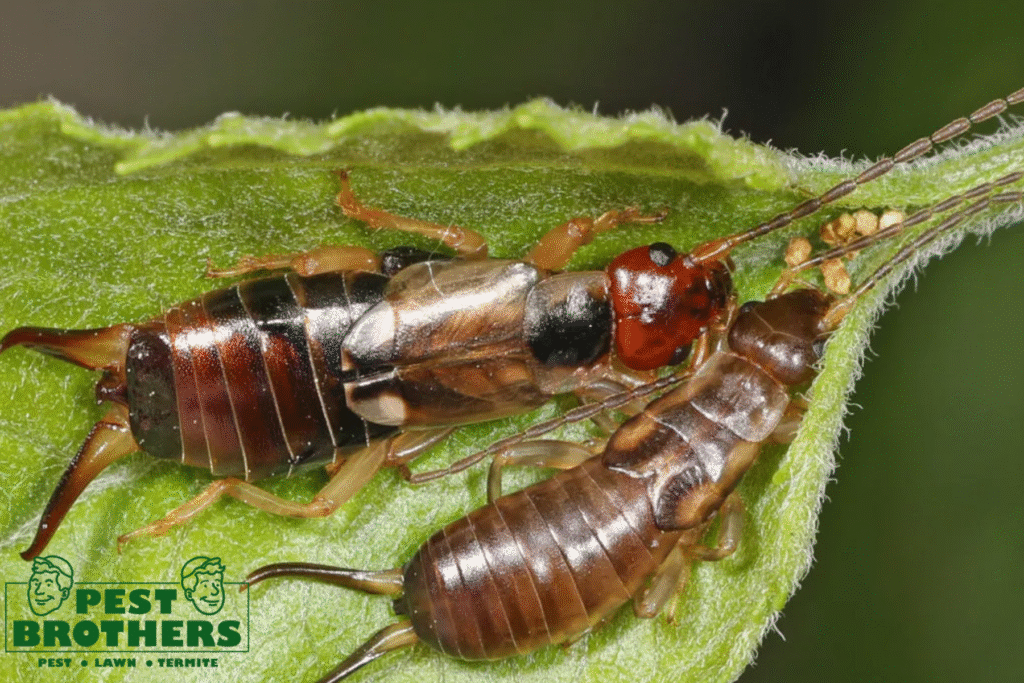
About Pest Brothers, Inc.
At Pest Brothers, Inc, we provide comprehensive pest control, lawn, and termite services in Florida. Our team of licensed and insured professionals is dedicated to delivering fast, reliable solutions to keep your home and garden safe from pests. Whether you need help with earwigs or other common pests, we offer tailored services to meet your specific needs.

